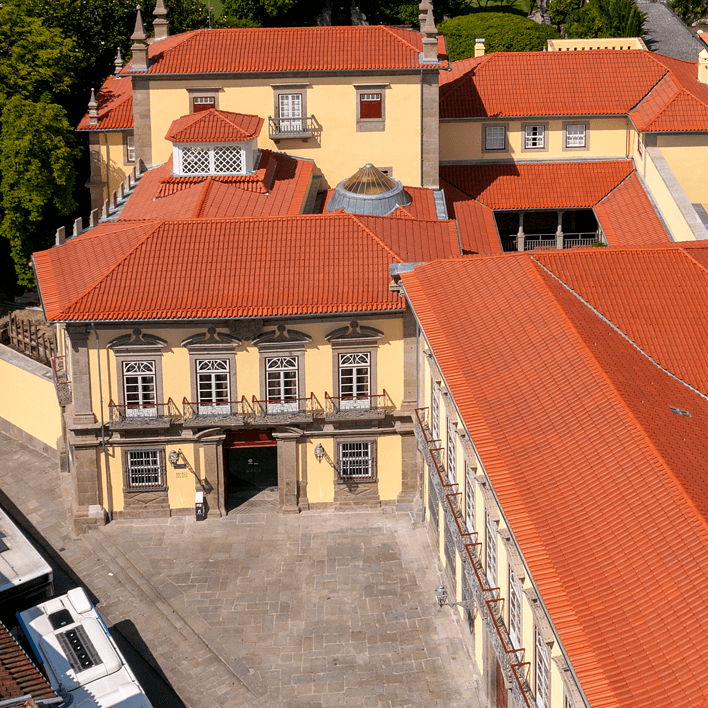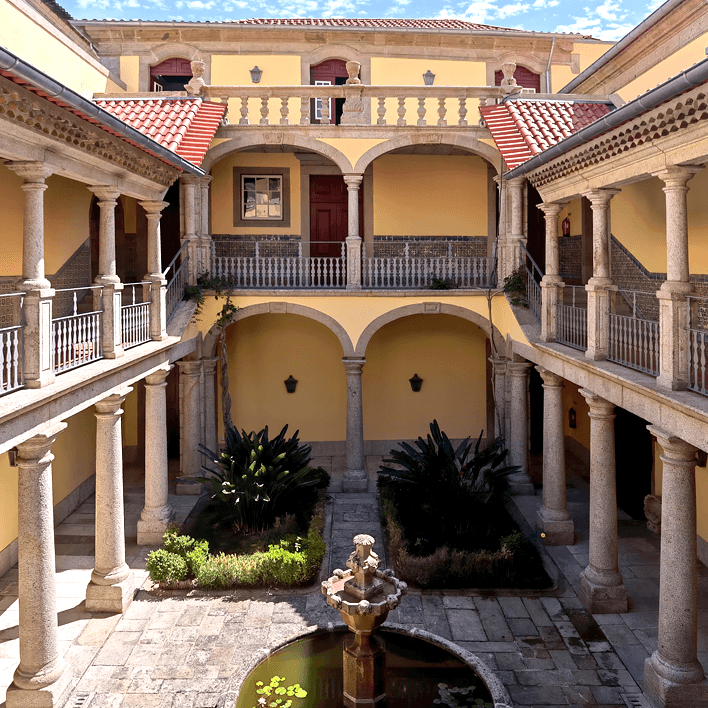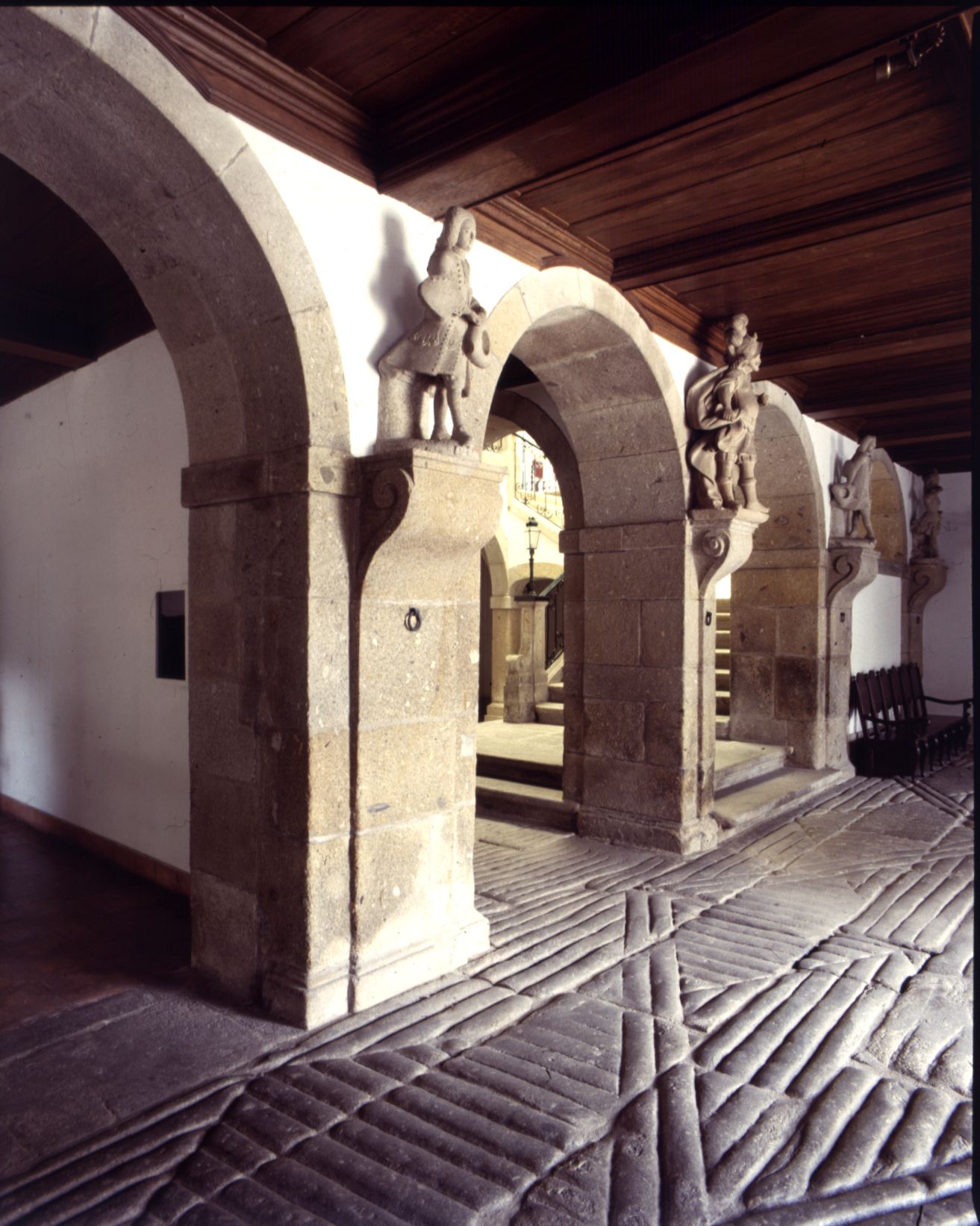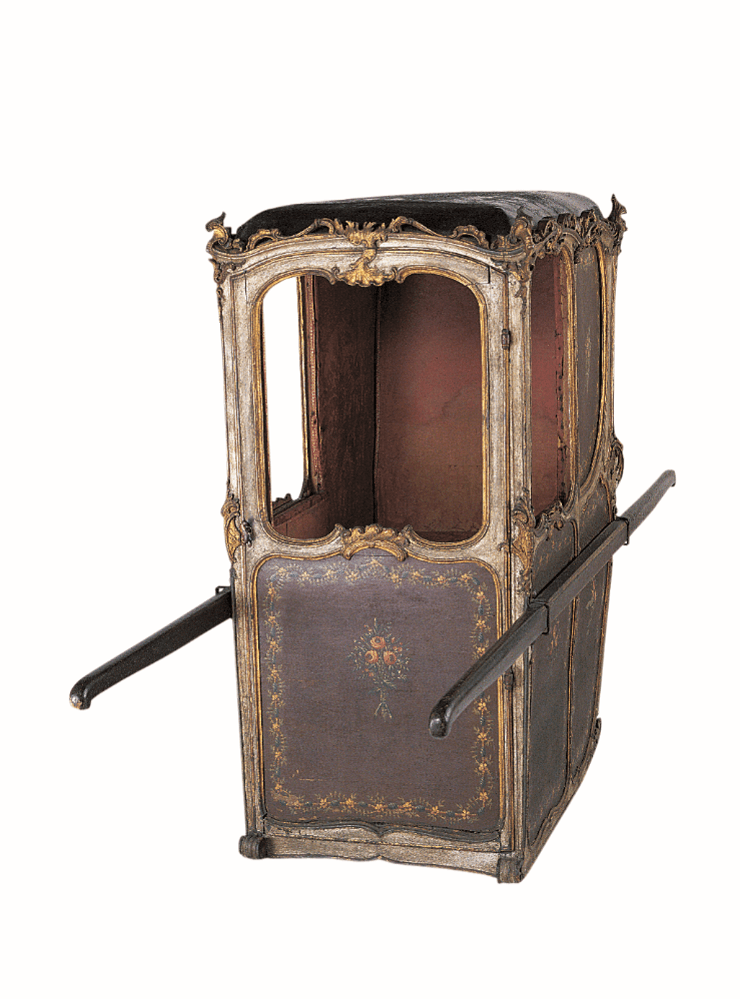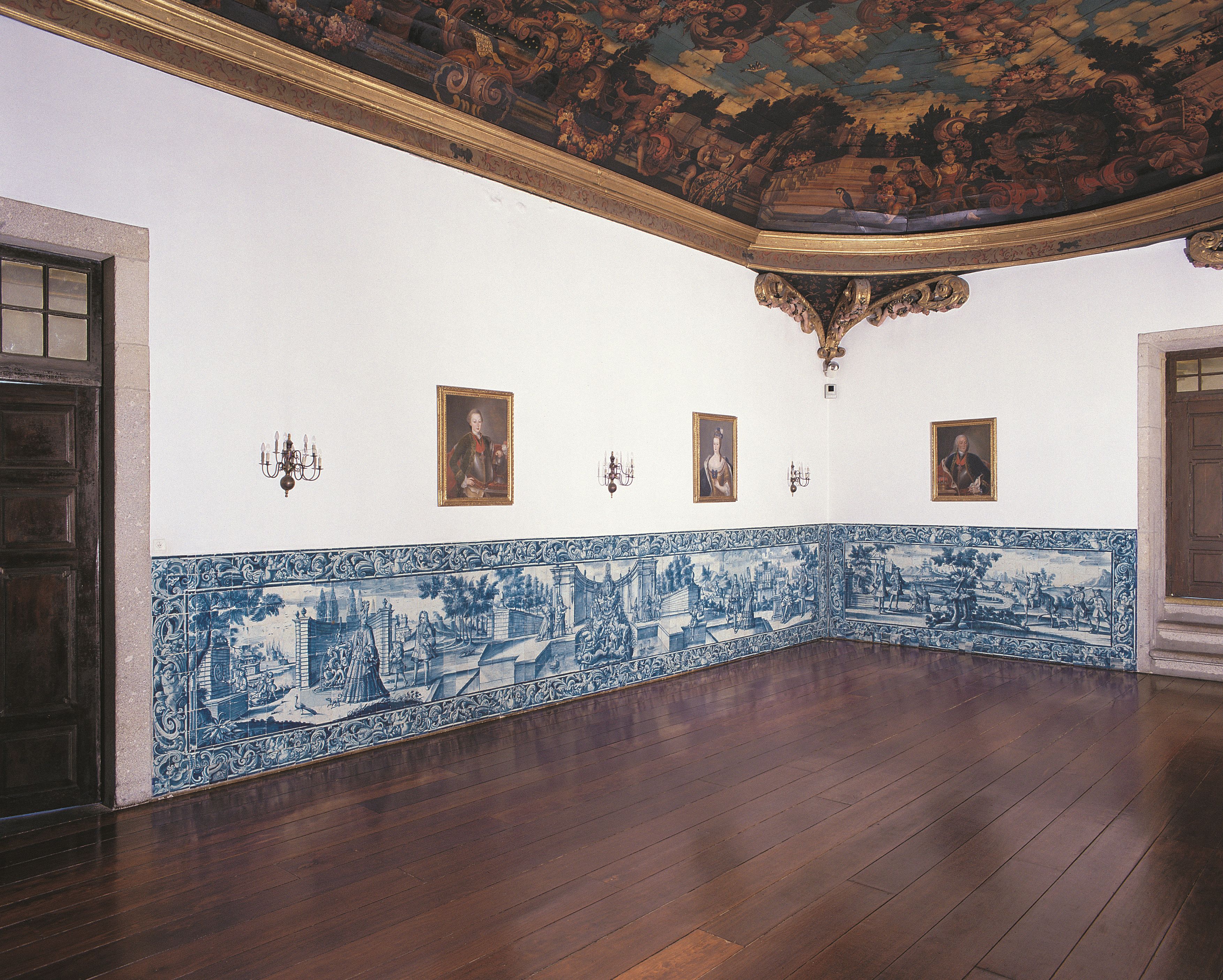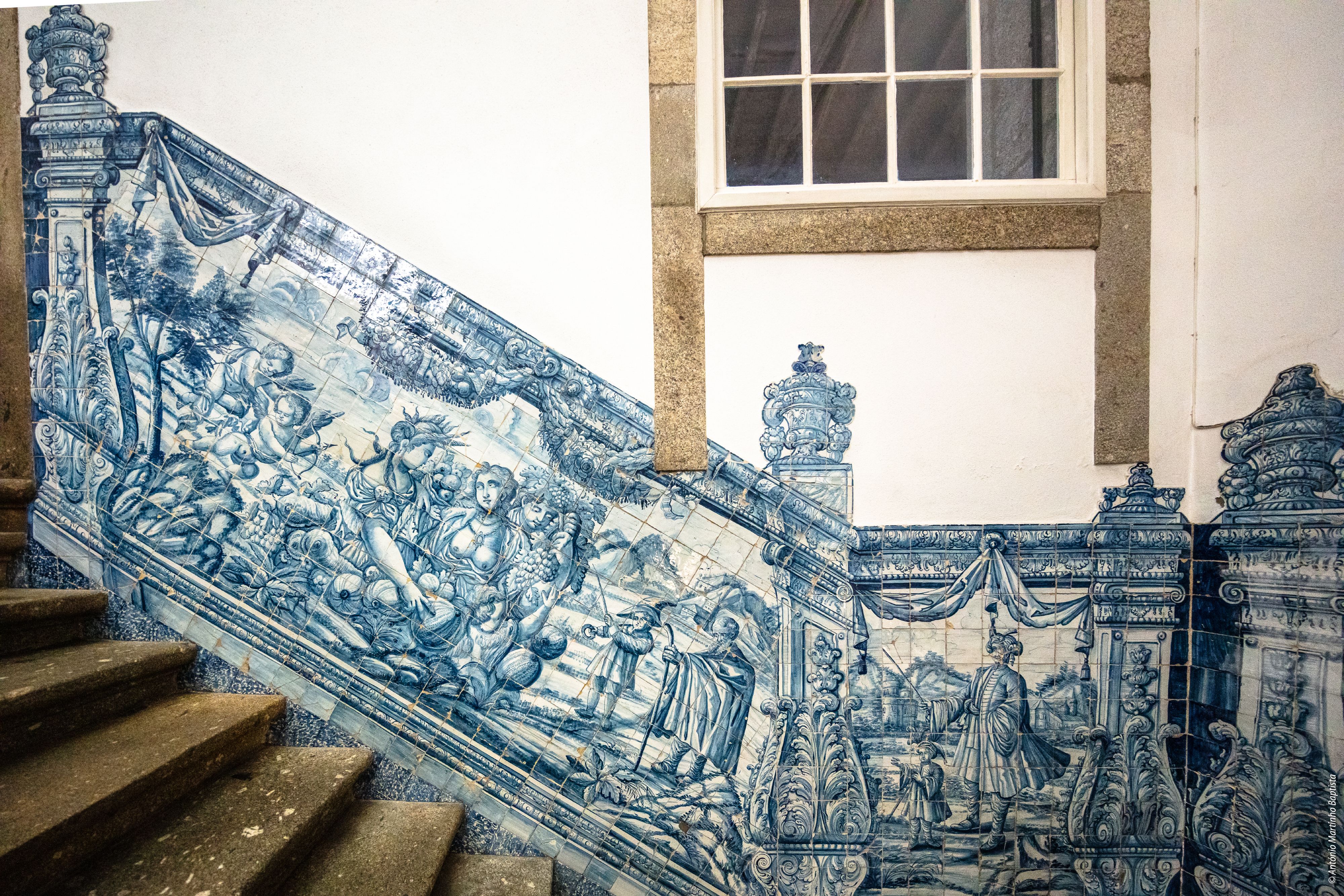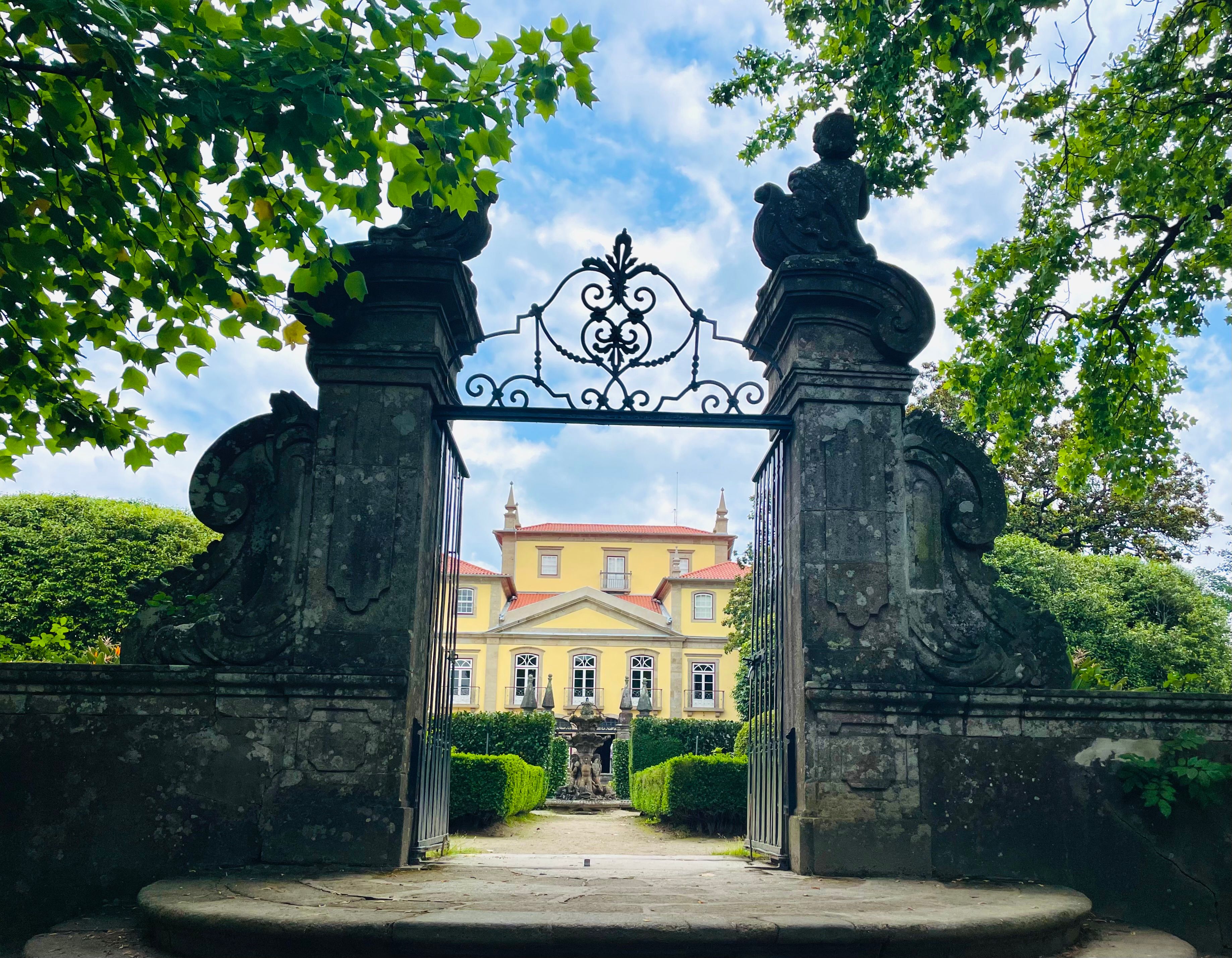Located in the city of Braga, the Biscainhos Palace is a remarkable example of Portuguese residential architecture. Its development spans the 17th and 18th centuries, extending into the 19th century, with noteworthy interventions in terms of interior ornamentation, notably in what regards tilework, painting, and sculpture. This monumental heritage complex includes the building and its gardens — the latter highlighting 18th-century architecture and sculpture — and illustrates the high artistic and cultural standards of the country’s northern region.
In the 17th century, the house was owned by Constantino Ribeiro do Lago, a prominent figure in Braga at that time, and in the following century by his sons, Diogo de Sousa e Silva and Dean Dom Francisco Pereira da Silva, whose descendants would become Counts of Bertiandos. The Palace was acquired by the Braga District Assembly in 1963 and, after substantial restoration work, opened its doors to the public as a museum in 1978.
The property is organized in two distinct levels, which served as the basis for the development of the Biscainhos Musicographic Program: the ground floor, which houses functional spaces such as the Covered Court of Honour, the Horse Stable, the Coach House, and the Kitchen; and the Main Floor, which features the stately spaces intended for social gatherings and the display of status, including the Monumental Staircase, the Waiting Room, the Great Hall, the Tower Room, the ‘Divine Council’ Room, the Music Room, the Tiled Room, the Dining Room, and the Inner Courtyard-Garden.
In this context, our Program is based on the enhancement of the building itself — its most significant component — which serves as the privileged setting for the presentation of the Museum’s collections of Art, Decorative Arts, Musical Instruments, and Means of Transportation, among others.
